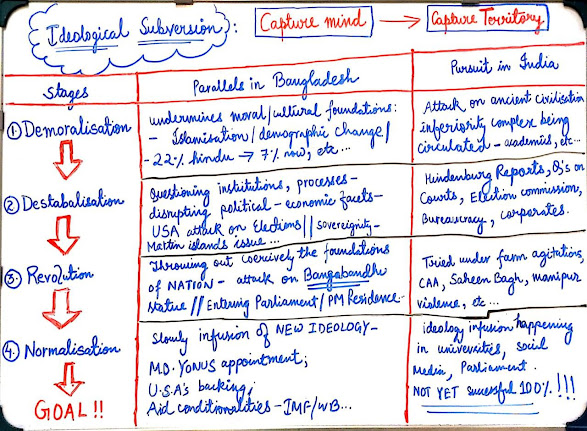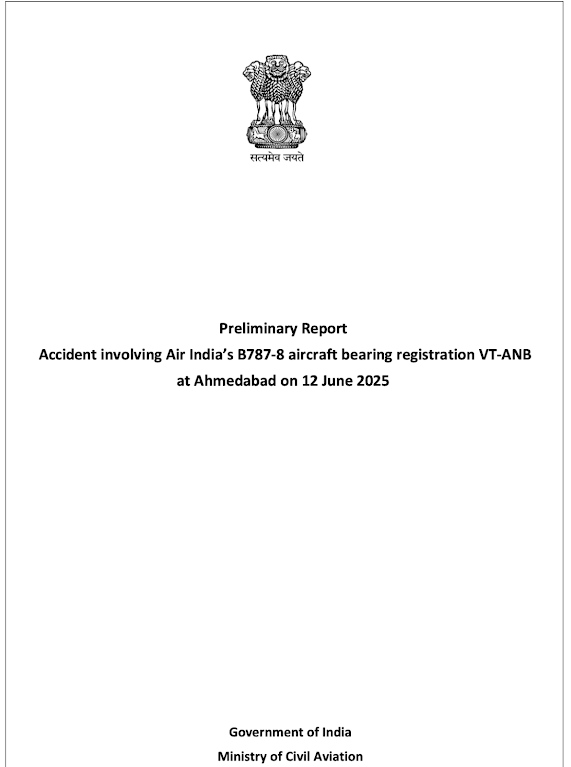In our rapidly advancing technological landscape, the race to innovate and deploy new artificial intelligence (AI) solutions often feels like a sprint. Organisations and industries are quick to adopt AI-driven systems to gain a competitive edge, improve efficiencies, and offer instant gratification to customers. Therefore the CIRCLE OF CONCERN (COC) is getting bigger than the CIRCLE OF INFLUENCE (COI) as far as AI development is concerned. However, as we charge forward with unprecedented speed, the question arises: Are we placing enough emphasis on accuracy ??? In the realm of AI, where the repercussions of decisions can be profound, the world needs accuracy over speed. The need to prioritize precision and reliability has never been more critical, not only for technological advancement but also for ethical considerations and societal trust.
The Importance of Accuracy in AI: A Global and Indian Perspective
AI systems are increasingly being integrated into critical sectors such as healthcare, finance, law enforcement, and transportation. These systems make decisions that directly impact human lives and societal structures. When the stakes are high, accuracy becomes non-negotiable. For example, in healthcare, AI is used to analyze medical images for early cancer detection. A study published in the journal Nature found that AI could detect breast cancer with an accuracy rate of 94.5%, outperforming human radiologists who had an accuracy rate of 88%. However, even with such high accuracy, the remaining margin of error can mean the difference between life and death. Imagine if speed was prioritized over accuracy in such cases—misdiagnoses could lead to unnecessary treatments or, worse, untreated life-threatening conditions.
In India, the healthcare sector stands to benefit immensely from accurate AI deployment. A McKinsey report estimates that AI could help India save $40 billion in healthcare costs by 2025 by enabling accurate early diagnosis, efficient management of healthcare records, and personalized treatment plans. However, for these benefits to be realized, AI systems must be meticulously accurate, especially considering India's diverse population and varying healthcare infrastructure. Speedy but inaccurate AI-driven diagnostics could lead to a healthcare crisis rather than a solution.
Ethical Implications and Bias Mitigation
One of the critical areas where accuracy trumps speed is in the mitigation of bias. AI systems learn from the data they are trained on, and if that data is biased, the AI will replicate and even amplify those biases. This is not a hypothetical concern. A study by the National Institute of Standards and Technology (NIST) found that face recognition algorithms were 10 to 100 times more likely to falsely identify the faces of African American and Asian people compared to Caucasian faces. Such inaccuracies have already led to wrongful arrests and could potentially result in severe civil rights violations. It is vital to focus on developing AI models that are accurate and fair, ensuring they are tested and validated across diverse datasets to prevent biased outcomes. Rushing to deploy AI systems without thoroughly addressing accuracy and fairness can lead to ethical breaches and loss of public trust.
In India, the concern around biased AI systems is significant given the country's socio-economic and cultural diversity. The deployment of AI in law enforcement and surveillance, for instance, needs careful calibration. The Telangana state government’s use of AI-based facial recognition to monitor crowds during festivals and protests has sparked debates about privacy and accuracy. If these systems are inaccurate or biased, they could disproportionately target marginalized communities, leading to discrimination and societal unrest. Ensuring accuracy in these systems is crucial to uphold the principles of justice and equality enshrined in the Indian Constitution.
Building Trust Through Reliability
Public trust is foundational for the widespread adoption of AI technologies. Trust is built on reliability, and reliability stems from accuracy. Autonomous vehicles are a prime example where trust is paramount. According to the National Highway Traffic Safety Administration (NHTSA), 94% of serious crashes are due to human error. AI promises to reduce this number by making precise, data-driven decisions. However, any failure, even a single misjudgment by an autonomous car, can have catastrophic consequences, leading to loss of life and significant public backlash, as seen in high-profile incidents involving self-driving vehicles. The deployment of autonomous driving technology needs rigorous testing and validation to ensure accuracy in decision-making under various real-world scenarios, beyond just speed in commercialization.
India is experiencing rapid urbanization, and with it comes the challenge of managing traffic and ensuring road safety. AI-powered autonomous vehicles have the potential to revolutionize Indian transportation by reducing accidents caused by human error. However, the unique traffic conditions in India—characterized by erratic driving patterns, diverse vehicle types, and often inadequate road infrastructure—make accuracy in AI-driven systems even more crucial. Quick deployment without ensuring accuracy could lead to accidents and a public outcry against the technology, derailing progress in this sector.
The Role of Regulatory Compliance
As AI technology evolves, regulatory frameworks are increasingly emphasizing accuracy and transparency to ensure safety and fairness. For instance, the European Union's AI Act aims to regulate AI applications based on their risk level, demanding stringent compliance for high-risk applications such as biometric identification and critical infrastructure. Companies that focus on accuracy are more likely to align with these emerging regulations, avoiding legal pitfalls and gaining a competitive advantage. Prioritizing accuracy ensures that AI innovations are both compliant with the law and beneficial to society.
India is also moving toward developing regulatory frameworks for AI. The NITI Aayog, India’s policy think tank, released a discussion paper on AI ethics and recommended establishing guidelines that prioritize data quality, accuracy, and transparency. This initiative reflects a recognition that AI solutions tailored for India must address the specific needs and challenges of the Indian context, including linguistic diversity, varying levels of digital literacy, and data privacy concerns. Accurate AI systems are essential for ensuring compliance with these guidelines and fostering trust among users.
Data Quality and Training Models
The foundation of accurate AI systems lies in high-quality data and robust model training. Data is the lifeblood of AI, and inaccurate or biased data can lead to flawed outcomes. According to IBM, poor data quality costs the U.S. economy around $3.1 trillion per year. In AI, the cost is not just economic but can lead to significant societal and ethical implications. Ensuring accuracy requires investing in clean, diverse, and representative datasets, as well as adopting continuous learning models that can adapt and improve over time. AI models should not only be fast but also robust, reliable, and resilient to anomalies, ensuring that their outputs are consistently accurate.
In India, data diversity is both a challenge and an opportunity. With its vast population and numerous languages, ensuring the accuracy of AI models requires a large-scale collection of diverse and high-quality data. Initiatives like India’s Aadhaar, the world's largest biometric identification system, provide an opportunity for training robust AI models. However, this also necessitates stringent checks for accuracy and privacy to prevent misuse and ensure the systems are inclusive and representative of all demographic groups. There is also an urgent need to develop indigenous LLM models along the regional and linguistic diversity in India.
Prioritizing a Balanced Approach
The future of AI hinges on balancing speed with accuracy. While speed can drive efficiency and innovation, accuracy ensures that these advancements are ethical, reliable, and ultimately beneficial to society. AI developers, policymakers, and stakeholders must collaborate to create frameworks that prioritize accuracy, especially in high-stakes environments. This means investing in quality data, rigorous testing, and ethical guidelines that place human well-being at the forefront. Only by valuing accuracy over speed can we harness the true potential of AI while safeguarding against its risks.
In the age of AI, the world does not just need fast answers—it needs the right ones. Accuracy is the cornerstone of building a trustworthy AI-powered future, especially in a diverse and complex society like India’s. By prioritizing accuracy, we can ensure that AI technologies contribute positively to economic growth, social justice, and overall human development.
-------------------------------------------------------------------------------






